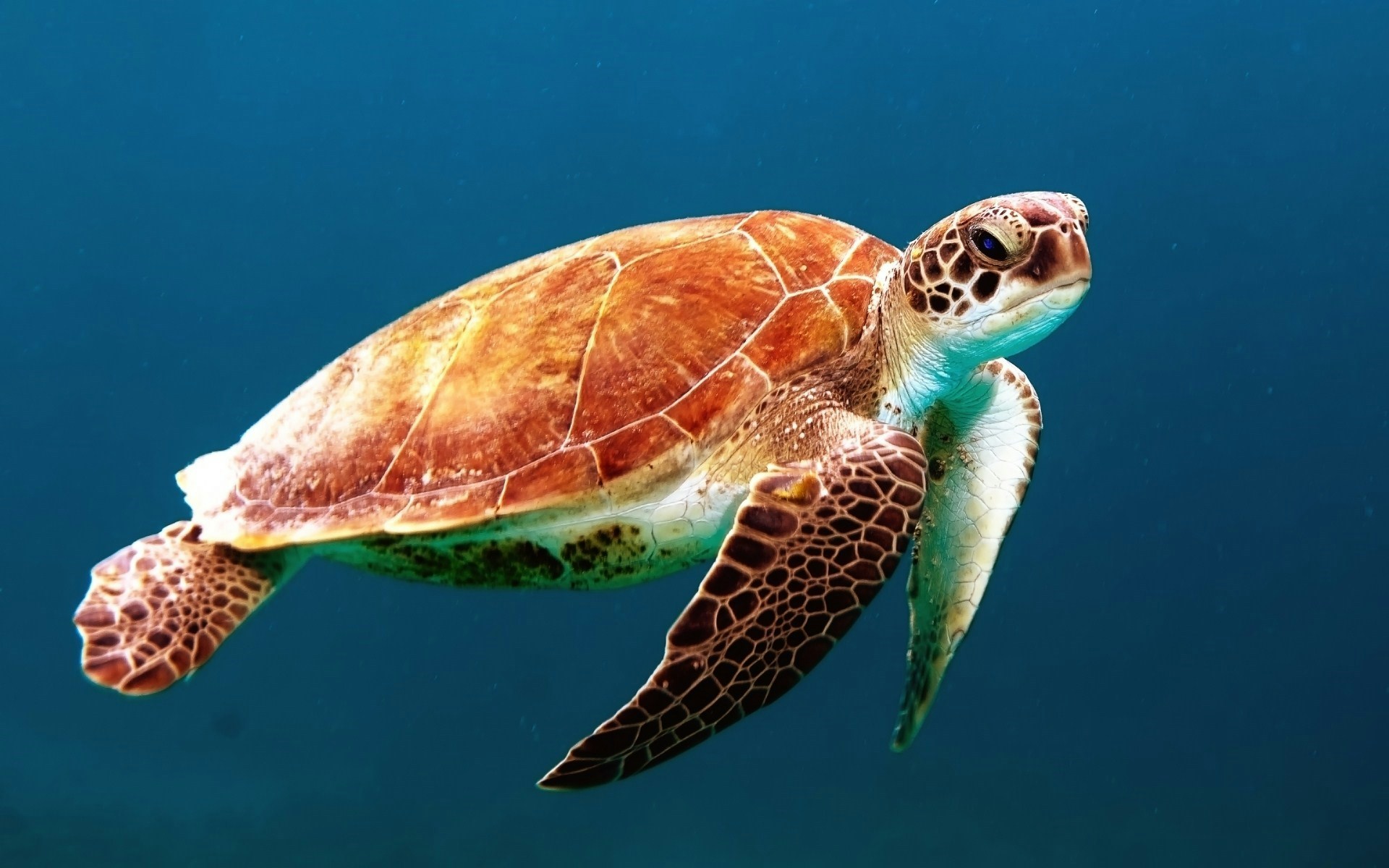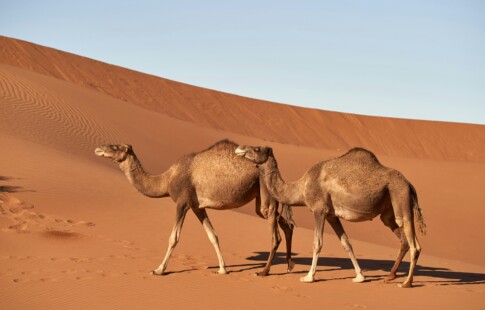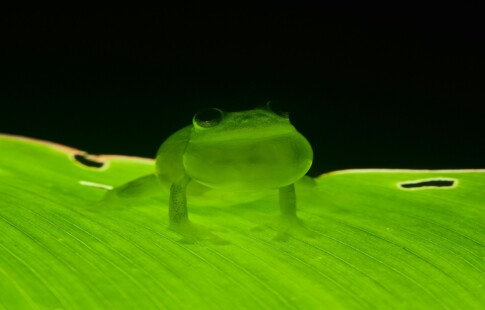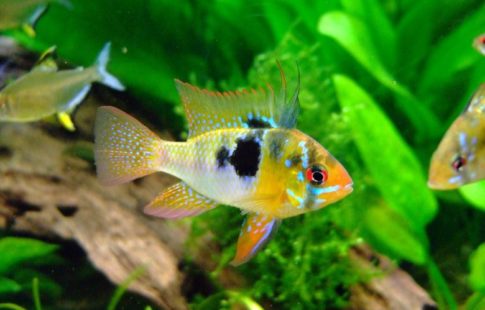
7 Inspiring Endangered Species Projects
We are reader-supported. When you buy through links on our site, we may earn affiliate commission.
The rise of endangered species is of global concern amid unprecedented environmental challenges. Losing critical species puts ecosystems, humanity and the planet’s well-being at risk. Fortunately, these seven initiatives are but a few addressing the decline of biodiversity worldwide.
1. Restoring Habitat for Javan Rhinos in Indonesia
Indonesia’s Javan rhino is critically endangered, with the world’s remaining 76 living in Ujung Kulon National Park. The species has dwindled due to tsunamis, volcanic eruptions, habitat degradation, and invasion of Arenga palm.
The International Rhino Foundation has worked with local communities to clear 100 hectares of invasive Arenga to broaden the rhino’s habitat. Nine rhinos, including calves, now visit the cleared area.
However, the species remains vulnerable to a more challenging threat — poaching. Scientists say poachers could have killed one-third of the population for their horns, arresting six of the 14 culprits in 2023. Experts are now asked to recount the remaining population, which may have risen due to new births.
2. Changing Shipping Routes for Blue Whales in Sri Lanka
Several conservation groups are advocating for Sri Lanka to change its shipping routes. They say moving just 15 nautical miles south and reducing speeds to 10 knots would significantly improve blue whale protections.
Sri Lankan waters are abundant in zooplankton and phytoplankton — essential to the whale’s diet. According to one study of 30 whale carcasses, 13 were caused by ship strikes along Sri Lanka’s coastlines. Unfortunately, the government hasn’t responded to proposals for changed shipping routes yet, citing negative economic impacts from longer shipping distances.
3. Recovering the California Condor Population
In 1982, only 23 wild condors were left, which were added to a captive breeding program. Since 1992, the captive population has grown to over 500, with the first wild chick born in 2004.
The California Condor Recovery Program is also a multi-stakeholder program seeking to recover two 150-bird populations with 15 breeding pairs.
The California condor is protected in several sanctuaries in California, Arizona and Baja, Mexico, offering the public unique educational and observation opportunities. The U.S. is home to 567 National Wildlife Refuges, with at least one in every state.
4. Protecting Giant Pandas in China
The Chinese government has established several policies and conservation areas to save the giant panda, including finalizing plans for the Giant Panda National Park in 2020. The country now has 67 protected areas covering 67% of the giant panda population.
U.S. and European zoos have helped increase giant panda populations from 1,100 in the 1980s to 1,900, downgrading the species from “at risk” of extinction to “vulnerable.”
5. Conserving the Hawksbill Sea Turtles in the Caribbean
Despite laying 500-1,000 nests in Puerto Rico each year, the Hawksbill turtle is deemed critically endangered. Coral reef degradation, predation, climate change, vessel strikes and pollution are among its most significant threats. However, many also get stuck in fishing gear, while their shells are sought after in the exotics trade.
The Barbados Sea Turtle Project oversees nighttime nesting activity for four months annually, with patrols monitoring 15 beaches to promote hatching. Meanwhile, the Hawksbill Project raised $12,000 in 2022 to research sea turtle populations in Curaçao for more informed governmental decision-making.
6. Preventing Human-Wildlife Conflicts for India’s Bengal Tiger
In Bangladesh, the Sundarbans Tiger Conservation Project has issued a three-year plan to install 37 miles of nylon fencing around its mangroves. The initiative intends to prevent people and tigers from encroaching on each other’s territories and protect both from conflicts.
7. Combating Illegal Fishing in Mexico for the Vaquita
The vaquita is a vanishing porpoise species believed to have less than 10 individuals left in the wild. It tends to get caught up in massive gillnets during the illegal capture of totoaba each year off the coast of Mexico, resulting in $100 million in aid for its recovery.
VaquitaCPR has embarked on a gillnet removal project in the Upper Gulf of California. The multi-stakeholder initiative — which includes the Mexican Ministry of the Environment and the Sea Shepherd Conservation Society — is working with local fishermen to find and remove the dangerous nets.
Mexico has also restricted boating in vaquita territories, with the Sea Shepherd Conservation Society reporting a 79% decline in illegal fishing hours daily.
The Fight to Save Endangered Species Continues
Around the world, governments, organizations, scientists and everyday citizens work tirelessly to protect endangered species. The plight is complex and tiring, requiring global cooperation and cutting-edge innovations to succeed. By supporting such initiatives, the world can save endangered species before they’re gone forever.
Share on
Like what you read? Join other Environment.co readers!
Get the latest updates on our planet by subscribing to the Environment.co newsletter!
About the author

Jane Marsh
Starting from an early age, Jane Marsh loved all animals and became a budding environmentalist. Now, Jane works as the Editor-in-Chief of Environment.co where she covers topics related to climate policy, renewable energy, the food industry, and more.





